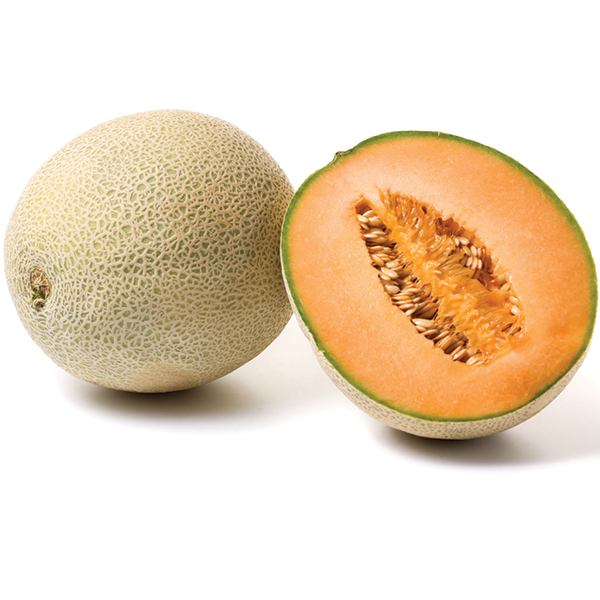
Organic cantaloupe doesn’t make much of an impact on organic sales, as it’s less than 1% of overall category sales, but if it is paired with other organic melons, the category as a whole can add profit to the bottom line.
Group organic cantaloupe with other organic melons in promotions. Create melon promotions during the winter when other fruits’ prices spike, and urge consumers to buy organic cantaloupe as a healthy, sustainably grown option.
Cross-promote organic cantaloupe with other organic fruit to encourage consumers to create an organic fruit salad. Cross-merchandise it with organic bagged salads to help consumers think of organic cantaloupe as an addition to salads and not just as a breakfast food.
Target promotions for organic cantaloupe at parents and kids, especially during back-to-school season. Cantaloupe’s sweet flavor is popular with children, and its health benefits make parents happy. Use signs to remind consumers to include an ice pack in lunch boxes to keep cantaloupe cool.
Include organic cantaloupe in spring holiday promotions. Promote it as part of a tasty breakfast in bed for mom for Mother’s Day and as a nutritious part of an Easter brunch.
Don’t display organic cantaloupe alone. Group it with organic honeydew and other organic melons. Try displaying organic melons on the same table with conventional melons, using the appropriate barriers between the two.
Organic cantaloupe may look sturdy, but they are easily bruised so be sure to keep your stacks limited to just one or two high. This also helps to avoid cantaloupe rolling off the display and creating a slipping hazard.
Make food safety a priority and use signs to remind your consumers to wash cantaloupe before cutting to avoid food safety issues.
Fresh-cut melon is popular with consumers, but unless your facility is certified organic, cutting cantaloupe in-store and labeling it organic is not allowed by the U.S. Department of Agriculture.
Shipping
Organic cantaloupe is most often sold in 12-count cartons, but other sizes are available, including custom packs.
Grades
U.S. fancy
U.S. No. 1
U.S. commercial
U.S. No. 2
Handling
Handling
Temperature: 36 to 41 F, 2 to 5 C
Relative humidity: 90-95%
Mist: no
Typical shelf life: 10 to 14 days
Ethylene producer. Do not store or transport with ethylene-sensitive produce.
Susceptible to chilling injury. Damage sometimes is not apparent until the produce is returned to a higher temperature.
If stem end is rough with portions of the stem remaining, the melon was harvested prematurely.
Because cantaloupe is shipped in a firm state to avoid damage, it usually needs a few days at room temperature to soften and become juicier.
Fresh-cut
To prevent bacteria on the melon netting from passing through to the flesh when cutting, follow these U.S. Food and Drug Administration rules:
Wash melons with potable water.
Clean and sanitize the cutting area and utensil.
Hold cut product at 45 F, 7 C, or lower.
If product cannot be held at that temperature, throw it away after four hours. Use a marking system so employees can follow the four-hour shelf-life system.